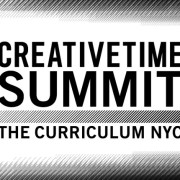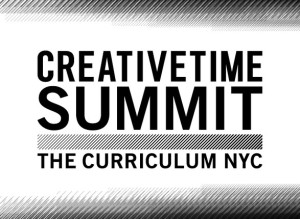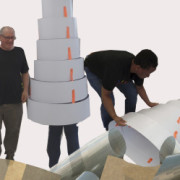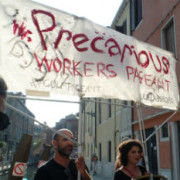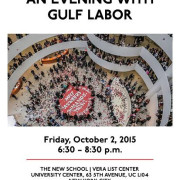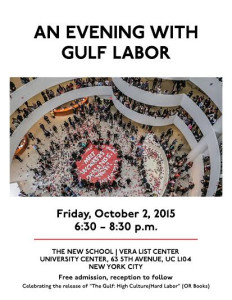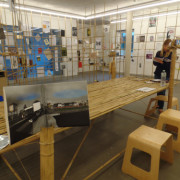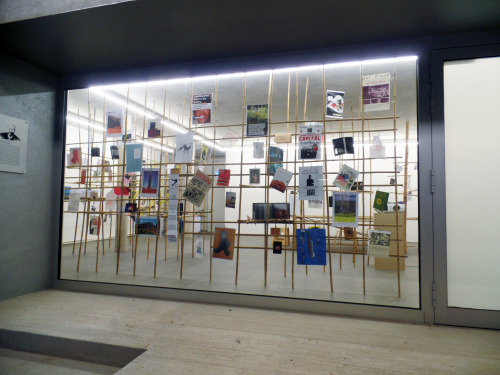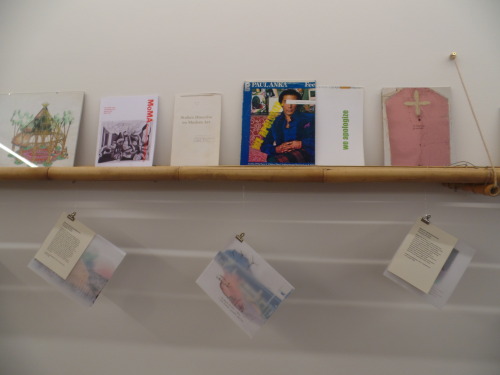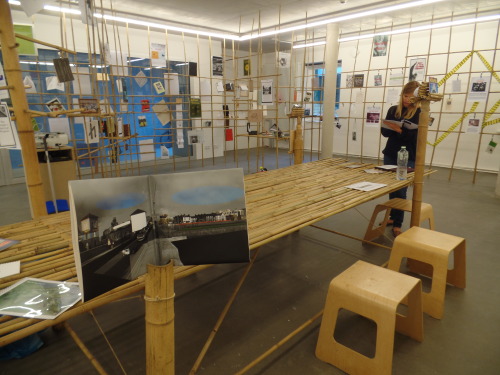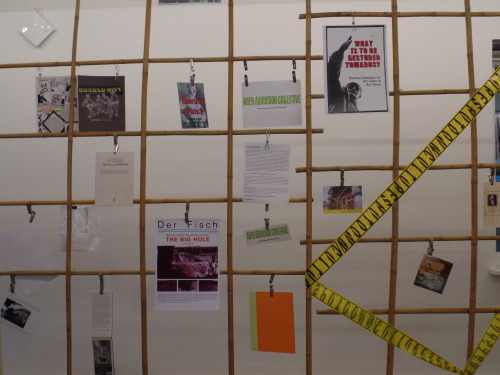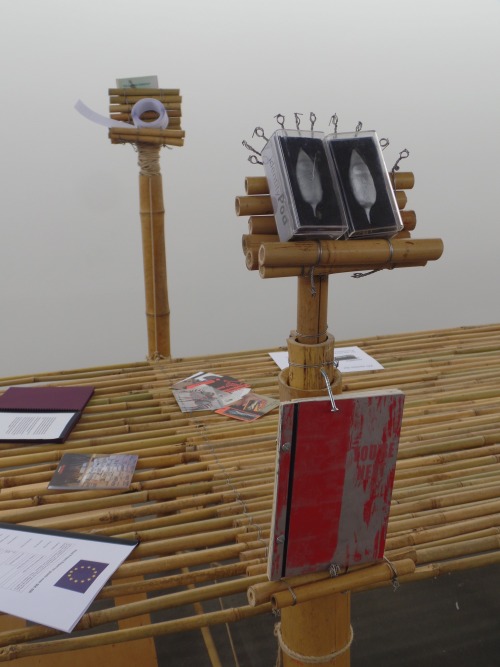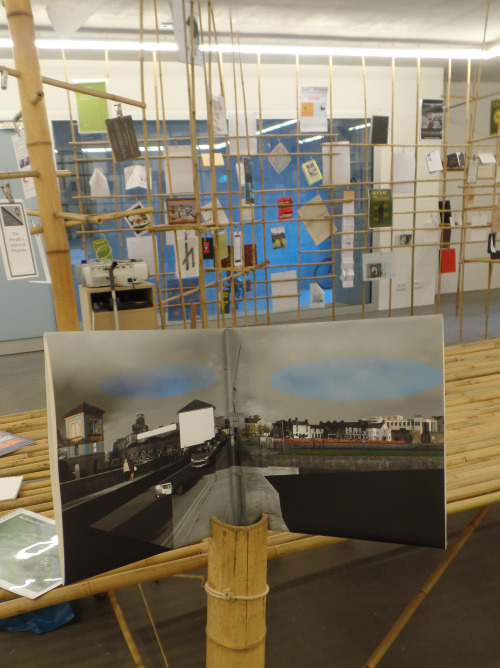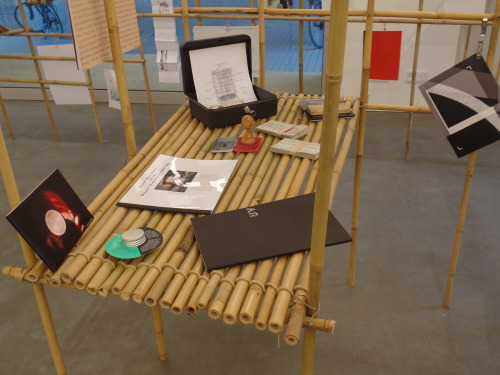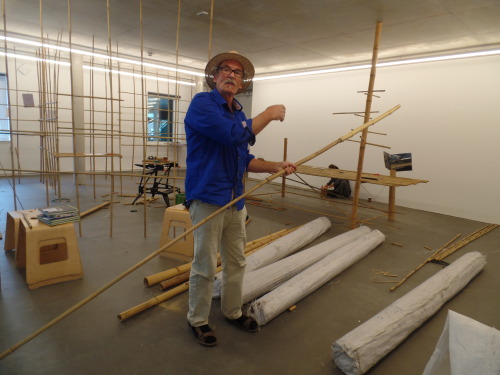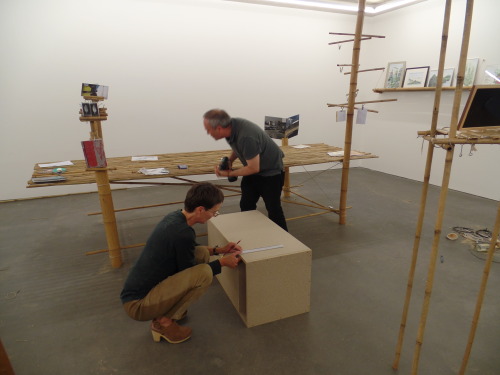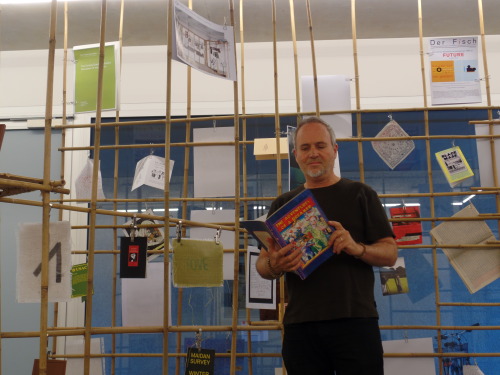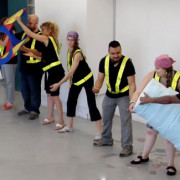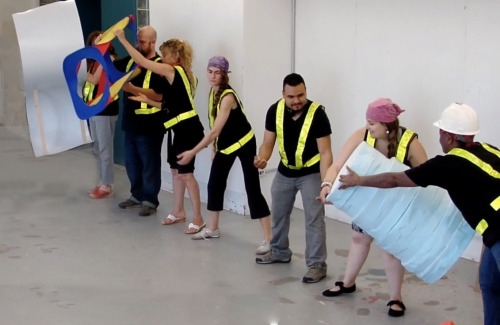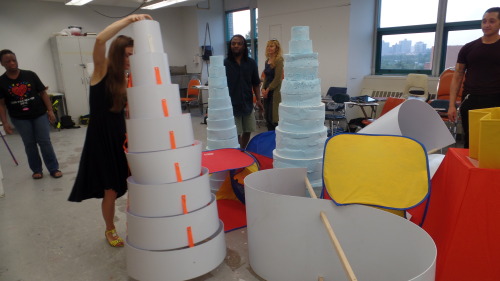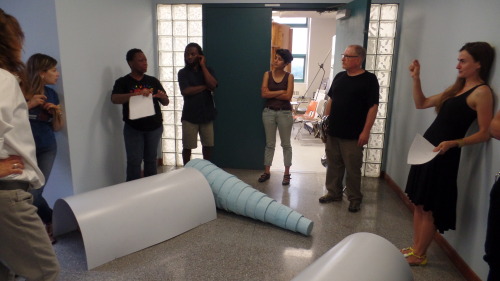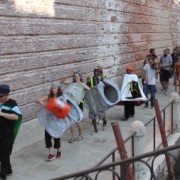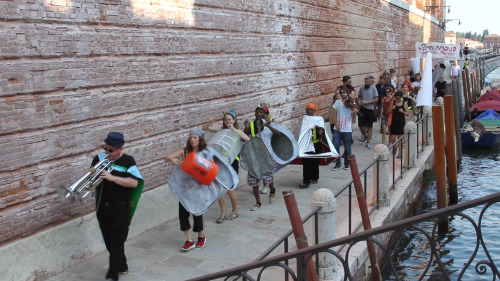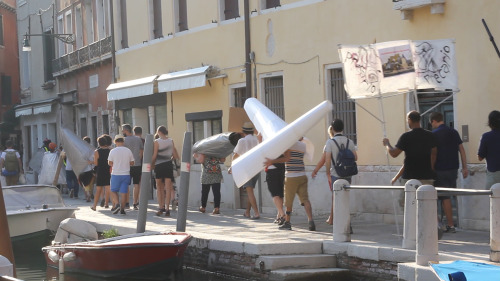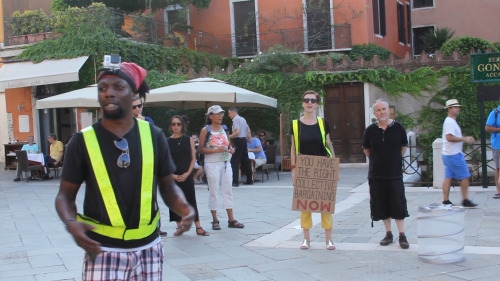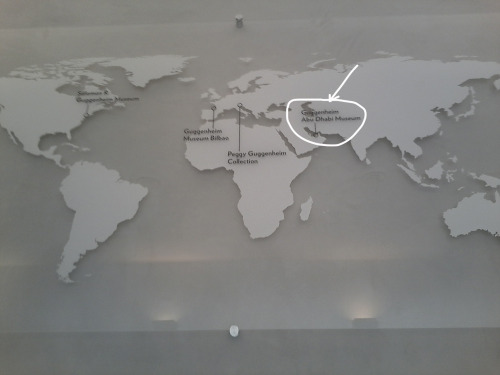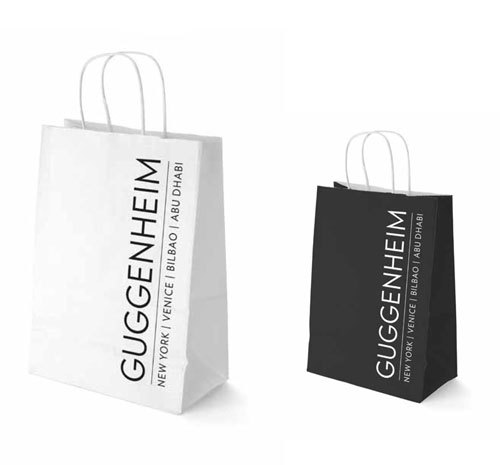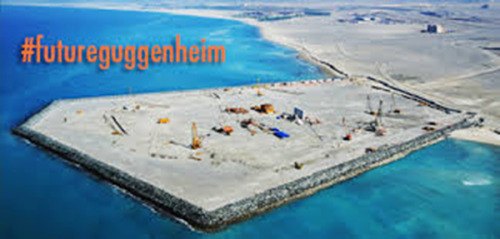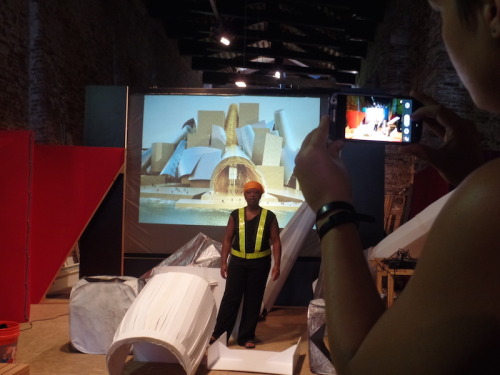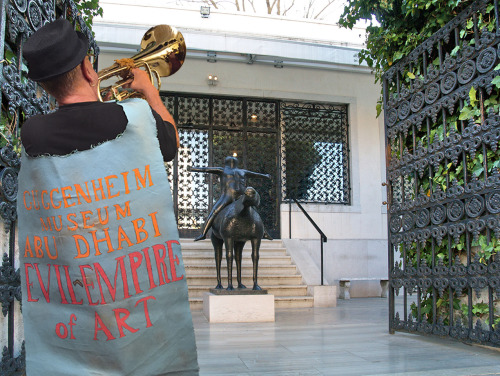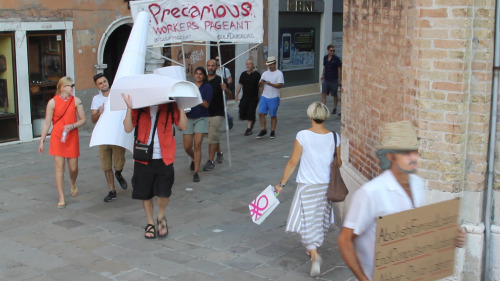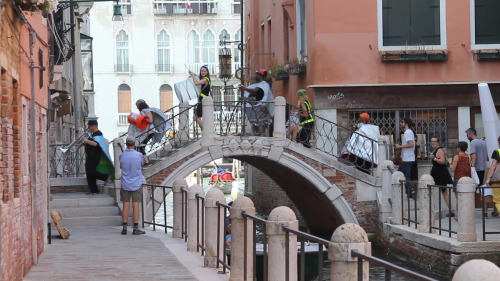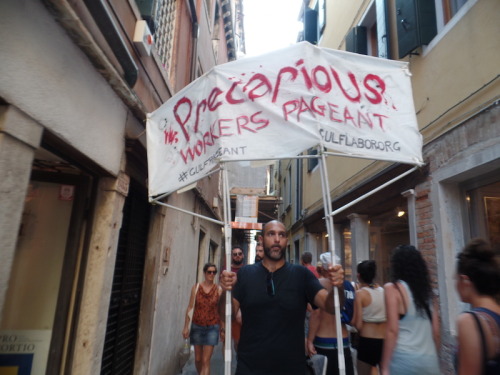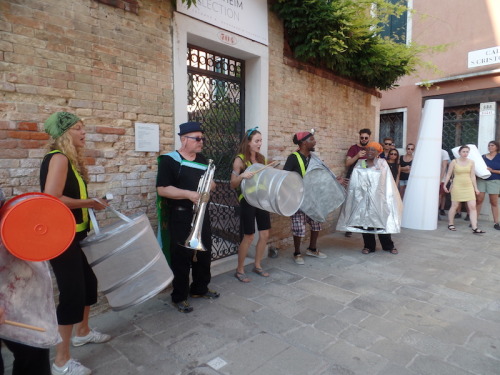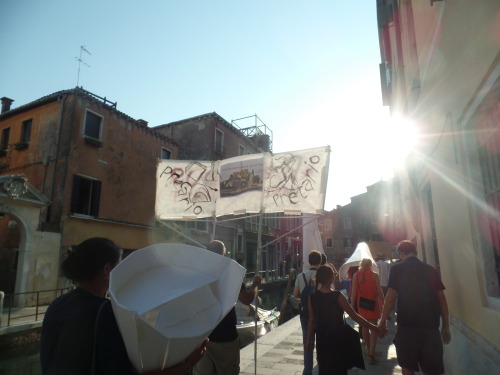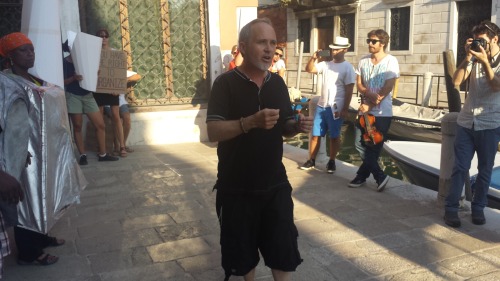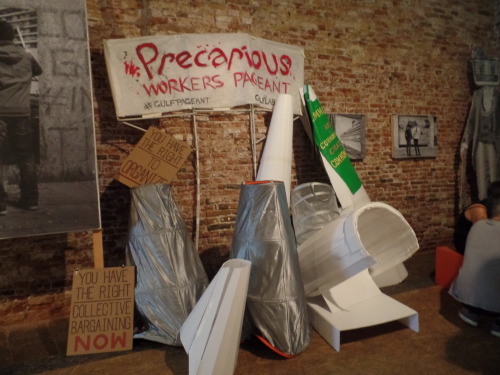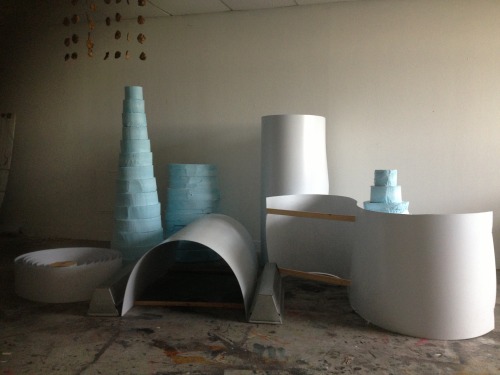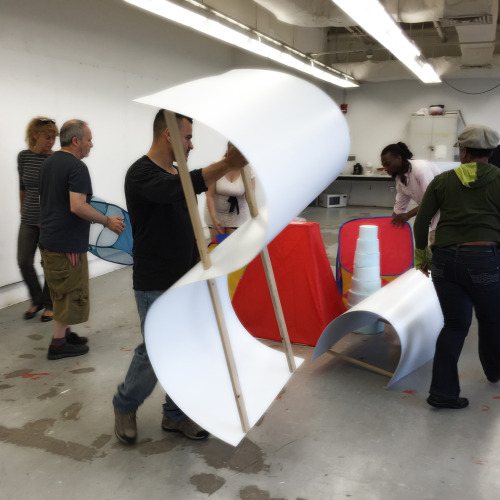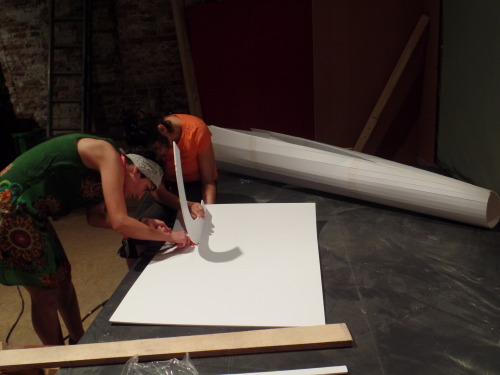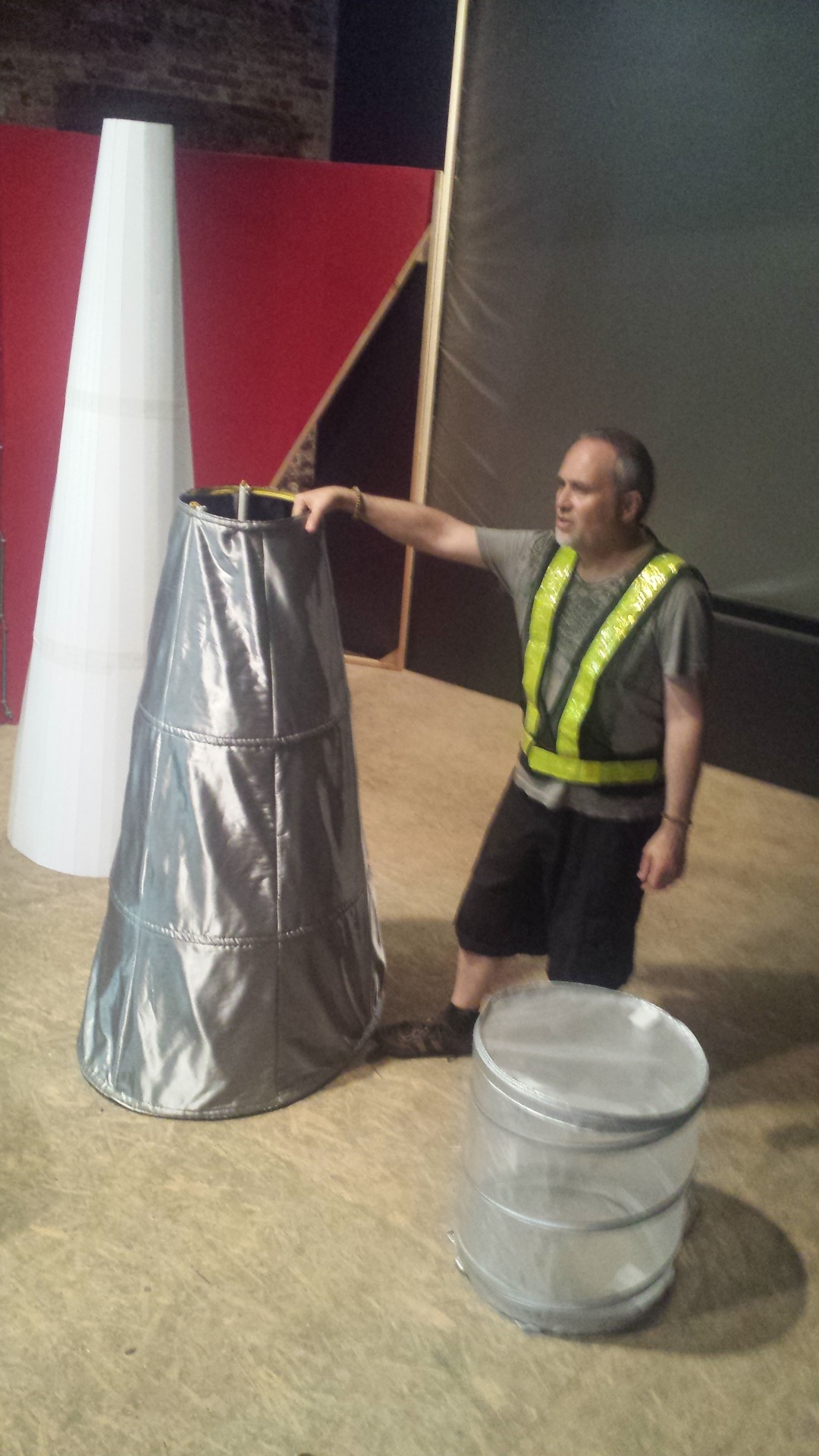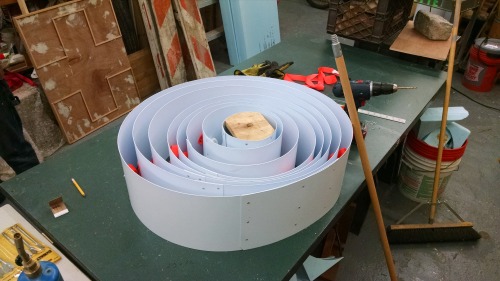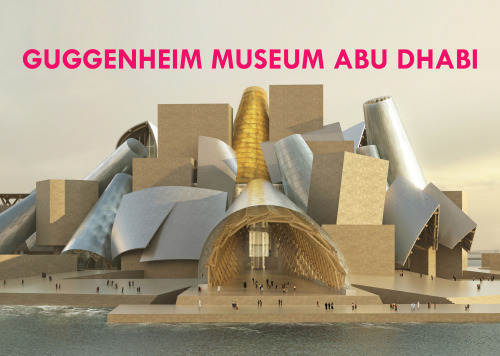SPQ’s Greg Sholette at 2015 Creative Time Summit: “The Curriculum NYC”
2015 Creative Time Summit: “The Curriculum NYC”
November 14–15, 2015 | Register here
Boys and Girls High School
1700 Fulton Street
Brooklyn, NY 11213
After two years, the Creative Time Summit—the world’s largest international conference on art and social change—is headed home to New York City! Creative Time Summit: “The Curriculum NYC” will take place at the Boys and Girls High School in Bedford-Stuyvesant, Brooklyn on November 14 and 15, 2015.
Building on the Summit held at the Venice Biennale in August, the New York Summit is dedicated to education and other ways knowledge is disseminated and obtained. “The Curriculum NYC” will focus on the effects of specific education policies in the United States. From within Boys and Girls High School, which has come to symbolize both the democratic ambitions and the pervasive inequalities of public education today, we will explore the relationship between knowledge and geopolitics, pedagogical art practices, omissions in contemporary curricula, and political issues such as the re-segregation of public schools and student debt.
In addition to hosting presentations by a distinguished roster of over 50 participants, the Creative Time Summit: “The Curriculum NYC” invites attendees to join in our afternoon sessions, which will comprise break-out sessions held in the school’s classrooms. Taking the form of roundtables, open dialogs, or workshops, they will provide opportunities for more intimate exchanges among attendees, special guests, Summit presenters, and students or teachers from Boys and Girls High School. While diving deeper into urgent pedagogical issues, sessions will also address topics specific to the field of socially engaged art.
Keynote addresses will be given by investigative journalist Nikole Hannah-Jones and artist/community activist Boots Riley. Participants include Bill Ayers, Luis Camnitzer, Hope Ginsburg, Gugulective (Athi Mongezeleli Joja), Hans Haacke, Tia Powell Harris, Kemi Ilesanmi, Rolling Jubilee (Laura Hanna and Astra Taylor), Stanley Kinard, Pedro Lasch, Simone Leigh, MFA NO MFA (ex-USC students), Naeem Mohaiemen, Pepón Osorio, Jolene Rickard, Andrew Ross, and Jennifer Scott.
Workshops, roundtables and panels to be led by the Center for Artistic Activism, Flux Factory, Deborah Fisher, Noah Fischer, Not an Alternative, Silvia Juliana Mantilla Ortiz, Douglas Paulson, Laundromat Project, Marinella Senatore, Visible Project, Gregory Sholette, Daniel Tucker, Caroline Woolard and Sue Bell Yank. In addition, there will be a featured special project by Chto Delat.
Get your tickets for “The Curriculum NYC” today! Pay-what-you-wish tickets available here.
Special opening event by The Visible Project
On the High Line at West 16th Street
Friday, November 13, 6pm
Creative Time Summit: The Curriculum NYC kicks off with an opening event co-presented with High Line Art. Curated by Matteo Lucchetti and Judith Wielander of the Visible Project, the event will include site-specific performances by Marinella Senatore, Nástio Mosquito, and others to be announced. Performances are free and open to the public.
Call for proposals
Are you an artist, activist or cultural producer living and/or working in the neighborhoods of Bed-Stuy or Crown Heights? Interested in organizing and leading a roundtable discussion focused on important issues in your community? Click here for more information on how to get involved.
For more information and summit updates, visit us at creativetime.org/summit.

